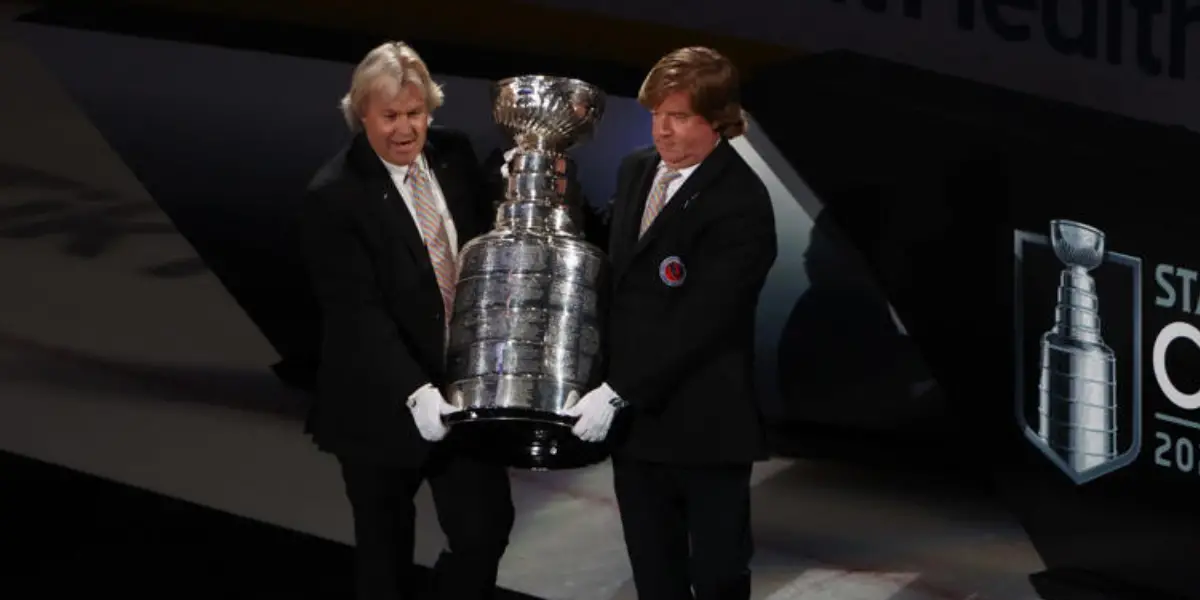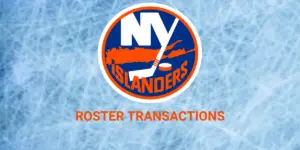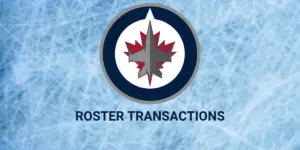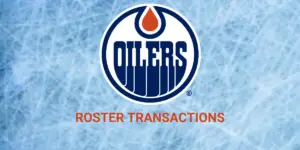
NHL Playoff season is upon us, and you may be wondering, “how do playoffs even work?” Whether you are new to the sport or have been a lifelong fan, playoffs can be confusing. How do teams clinch a spot? What is a wildcard? How many games do they play? All of your questions will be answered below!
How Do Teams Clinch a Playoff Spot?
During the regular season, teams compete for points. A team will earn two points for a regulation or overtime win, 1 point for losing in overtime, and zero points for a regulation loss. These points are critical from the start of the season, as they are one of the biggest determining factors for clinching a playoff spot.
16 NHL teams make it to the playoffs each season. The top 3 teams in each division will make the playoffs, securing the first 12 spots in the bracket. The remaining four spots are called “wildcards”, and are filled by the next two highest-placed teams in each conference, regardless of division. There are various scenarios each season that determine a team’s ability to clinch a playoff spot– wins and losses of other teams in their conferences and divisions can either hurt or help teams in their pursuit of postseason victory.
How Do Playoff Games Work?
NHL Playoffs follow a standard bracket format, much like March Madness in college basketball, for example. There are four rounds of playoffs, with each series of games being a best-of-seven: teams have to win four games to move on to the next round. Should a game go to overtime, the teams will play a five-on-five, 20-minute overtime period. Overtime is sudden death, where the first team to score wins the game. Overtime periods will continue repeatedly until someone scores.
The First Round
Home ice advantage will be granted to the team with the higher placement in regular season standings. In the first round, the division winner with the higher record will face the wildcard team with the lowest record. The other division winner will face off against the other wildcard team. The teams that finish second and third in each division will meet.
The Second Round and Conference Finals
Much like the first round, home ice advantage is given to the higher-placed team in the regular season. The winners of each bracket in the first round will face off to determine who goes to the Conference finals. One team from each division (Pacific, Central, Metro, and Atlantic) will be represented in the Conference Finals. The Pacific and Central Division winners will play each other, and the Metro and Atlantic Division winners will meet up. The winners of each conference will be the final two teams in playoffs and compete for the ultimate prize– The Stanley Cup.
The Stanley Cup Final
The higher-placed team in the regular season gets home ice advantage, regardless of the team’s final standing in their division. Throughout the playoffs, home ice advantage means that games 1, 2, 5 and 7 are played at the higher-placed team’s home arena, while its opponent hosts Games 3, 4, and 6. Only the first four games in the series are guaranteed, with Games 5, 6 and 7 only being played if necessary. If a team wins the series in four games, it’s considered a “sweep”.
When a team wins the Stanley Cup, the names of each player on the team is etched into one of the rings around the base of the trophy. Each player gets a chance to lift the Stanley Cup and skate a victory lap with it. Players also celebrate hard, with most teams hosting a victory parade and rally in their home cities. Players get a day with the trophy as well, where they get to do whatever they want with it (within reason, of course!) Many players bring it to their families, drink alcohol out of it, or eat their favorite foods out of it. The celebrations are endless, and the players are forever part of history.
Why Is Home Ice Advantage Important?
Home ice advantage is often a critical factor in a team’s playoff success. When a team has home ice advantage, they are playing more games in the series in their home arena, on familiar ice, and with the support of their fans. This makes the teams more comfortable and brings a level of energy for the team that they do not get at an opponent’s arena. Having home-ice advantage is especially important if the series spans seven games, as that familiarity and energy will help give the team a boost they need to win in that final game. In fact, in the 2020 NHL playoffs, 58.5% of games were won by the home team– and there weren’t even fans in attendance!
Tiebreakers
If two teams are tied in points in the standings, the NHL has a series of tiebreakers to determine where a team is seeded in the playoff bracket. The first tiebreaker is the total number of wins, excluding shootout wins. Teams with the most total wins will be placed higher in the standings. If teams are still tied, there is a second tiebreaker–the head-to-head record between the tied teams. The team that has a better record against the team they are tied with will be seeded higher. Should teams still be tied after that, the third tiebreaker is a team’s goal differential. A team’s goal differential is determined by subtracting the number of goals they have allowed from the number of goals they have scored. The team with the higher number will be seeded higher in the playoff standings.
There you have it! You’re ready to cheer on your favorite team in NHL playoffs– or pick a new one if your team is out of contention. For other hockey basics, check out Inside The Rink’s Hockey 101 page.

ITR 44: We Have A Champion…Again – Inside The Rink
Discover more from Inside The Rink
Subscribe to get the latest posts sent to your email.



